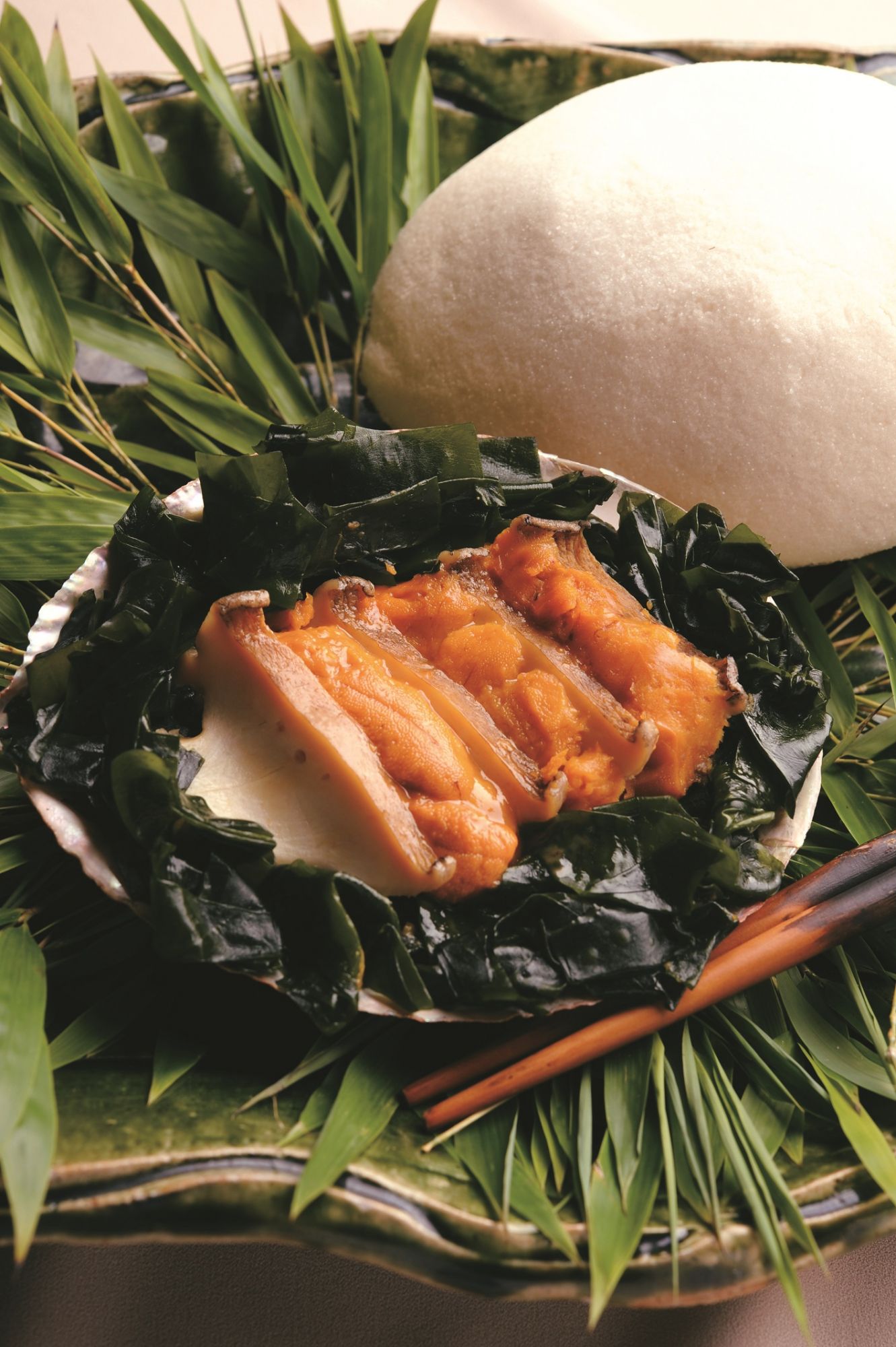Chefs from three notable Kyoto restaurants, which have maintained their three Michelin-star rating for 10 consecutive years, share their views on the evolving kaiseki cuisine
It was a sunny day last october when Kyoto’s Nijo Castle, which was built in the 17th century, was filled with a cheerful and triumphant atmosphere. But this time, a different kind of celebration was happening, as the Michelin Guide Kyoto Osaka revealed its 10th edition in a momentous awards ceremony.
In the presence of 620 guests comprising a mix of food lovers and industry folk, the regions’ top chefs made their way on stage to acknowledge the starred honour bestowed upon their restaurants. Among them, three chefs were welcomed with thunderous applause, as their restaurants were declared to have earned and retained their three Michelin-star rating for the 10th year in a row—since the launch of the Michelin Guide Kyoto Osaka, which now also includes restaurants from the Tottori prefecture. The three chefs in question were Eiichi Takahashi from Hyotei, Yoshihiro Murata from Kikunoi, and Kunio Tokuoka from Kyoto Kitcho.
The celebrations later continued at the Michelin gala dinner held at the Kyoto Okura Hotel, where guests were entertained with a song and dance performance by geishas (or geikos, as they are referred to in Kyoto), who are female entertainers skilled in the art of traditional music, dance and conversation. For the celebratory dinner, a stunning team of eight chefs from Kyoto restaurants with three Michelin stars in the 2018 edition, including the aforementioned three, created a special kaiseki menu—a traditional multi-course meal that celebrates the best of culture and nature—which was well worth its ¥75,600 per person price tag.

ALL THINGS BEING EQUAL
The first course, or hassun, was an appetiser prepared by chef Tokuoka. It featured a lantern made with a single slice of radish that had been sliced almost paper-thin using the katsura muki cutting technique. The lantern was then used to adorn a dish of braised abalone and served with a sauce made with its liver and a dash of shichimi togarashi, a seven spice mixture that contains Kamizumo chilli from the Shimane prefecture. Accompanying the dish was a serving of seasonal crab with chrysanthemum flower that came with vinegar jelly enhanced with the richness of an egg-yolk sauce. There was also ikura paired with crunchy lotus root for a contrast of textures.
Tokuoka understands kaiseki as a “cuisine to bind together the people”. He explained, “It was based on the Japanese tea ceremony, and I think Hideyoshi Toyotomi, a 16th-century feudal lord, general and unifier of Japan, created this culture. At that time, feudal lords were constantly fighting each other, so there was a need to create a setting where they could build sincere relationships with each other.” Toyotomi, he continued, also created the rule stipulating that everyone was equal in a tea ceremony room, regardless of their title. In the same way, kaiseki dishes are designed to support and inspire pleasant conversation, setting and seasonality.


